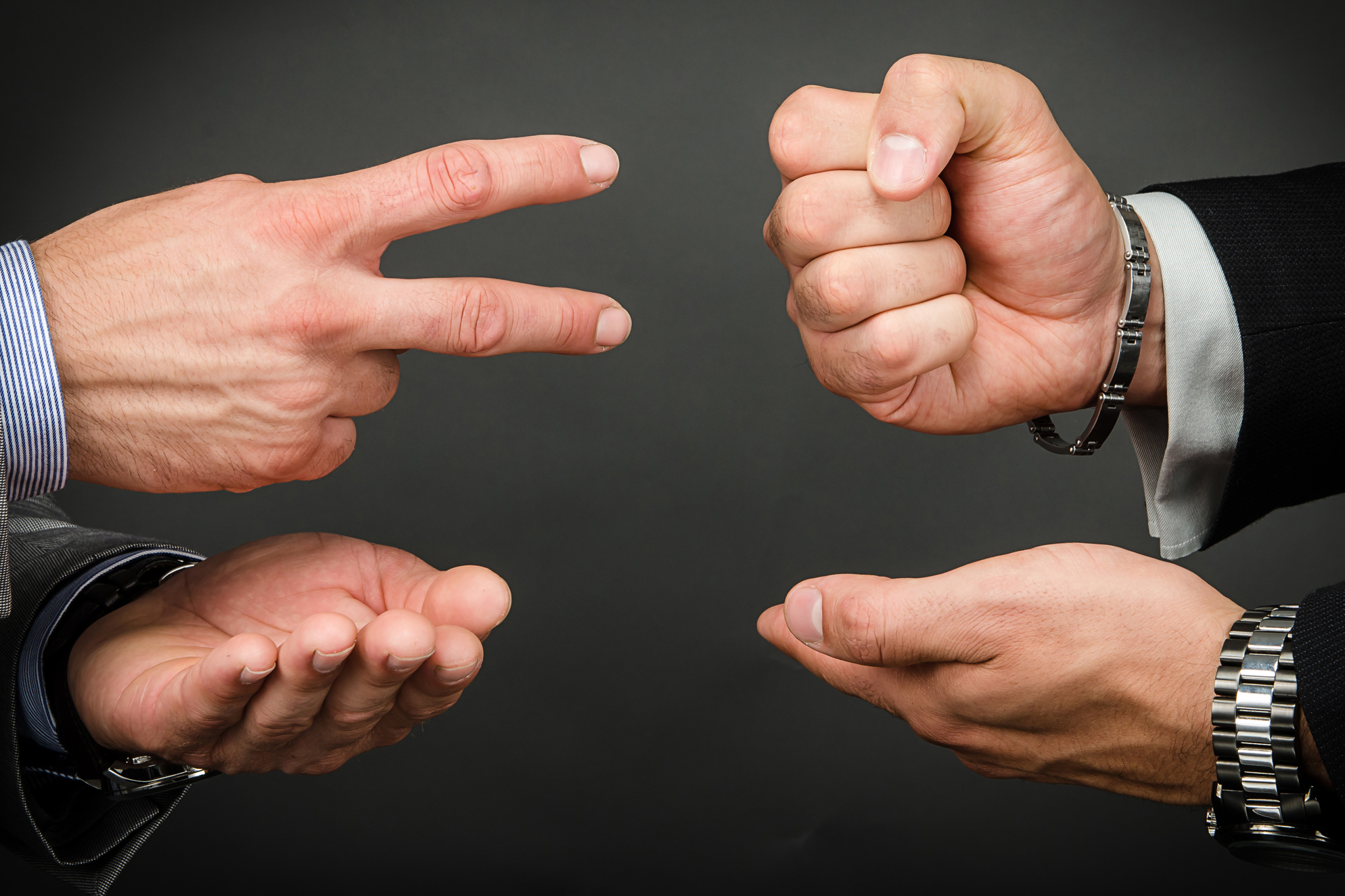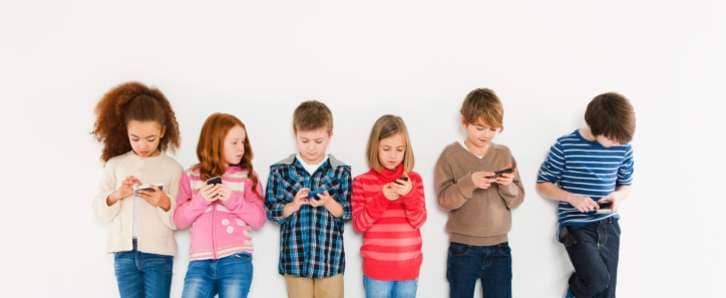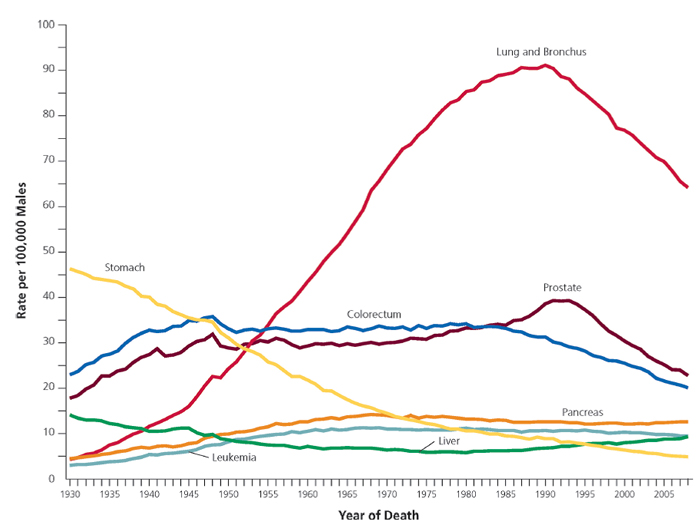
Rock, paper, scissors, shoot! The simple, yet timeless game dates all the way back to the Han Dynasty and is known by many as a method of combining chance and luck in order to determine who gets the last slice of cake, the home side in FIFA, or any other random situation. Although you might think of it as childish, RPS (rock, paper, scissors abbreviated) is actually a mind game comprised of strategy, anticipation, intelligence, and observational skill. Some in fact take it so seriously that they created the USARPS World Championships; before it became extinct, the finals would air on ESPN yearly. It raised so much awareness that Chinese researchers assembled together to crack the science behind RPS.
If you like your odds of guessing at random (33.33%), then statistics reveal that each “weapon” choice will have the same probability in future and previous rounds of the game; this is referred to as a Nash Equilibrium. Curiousity about whether the odds of the game could be manipulated led Chinese scientist Zhijian Wang from Zhejiang University to conduct an experiment of his own. After experimenting and tinkering around with the data, he “discovered that gameplay typically consists of predictable patterns.”
The observational experiment began with 360 subjects divided into 60 groups of 6. They played 300 rounds of RPS where each and every move, win, and loss was recorded by the Chinese scientist. Ironically enough, the generated results confirmed that the subjects played rock 100 times, paper 100 times, and scissors 100 times…the Nash Equilibrium! It was also discovered that players that lost tended to rotate from rock to paper to scissors while the consistent winners would stick with one main strategy instead of switching it around. “This game exhibits collective cyclic motions which cannot be understood by the Nash Equilibrium concept but are successfully explained by the empirical data-inspired conditional response mechanism,” he said. Other data collected from flowingdata.com uncovered that “males have a tendency to throw rock on their first try, inexperienced RPS players will subconsciously deliver the item that won previously, and paper is thrown least often, so use it as a surprise.”
While we might think of it as a game, the concept of RPS lies within nature, as well. The common side-blotched lizard “exhibits a rock-paper-scissors pattern in its mating strategies.” There are three color types: orange, blue, and yellow. Scientists have observed the behavior of these reptiles and it has been confirmed that an orange will defeat a blue, a blue will defeat a yellow, and a yellow will beat an orange in a competition for a mate. That’s not all, however. Some bacteria also use a RPS strategy during antibiotic production. Doctors Benjamin Kerr and Brendan Bohannan of Stanford University discovered the pattern during a computer simulation in a laboratory. Biologist Benjamin C. Kirkup, Jr. “demonstrated that these antibiotics, “bacterioicins”, were active as Escherichia coli compete with each other in the intestines of mice, and that the rock-paper-scissors dynamics allowed for the continued competition among strains: antibiotic-producers defeat antibiotic-sensitives; antibiotic-resisters multiply and withstand and out-compete the antibiotic-producers, letting antibiotic-sensitives multiply and out-compete others; until antibiotic-producers multiply again.”
I find it extremely intriguing how a game thought of as “elementary” or “basic” is reflected in elements of nature throughout the world. Next time you find yourself in a RPS duel, keep in mind these strategies that will help you to succeed.

Sources:
http://www.dailymail.co.uk/sciencetech/article-2617808/The-science-Rock-Paper-Scissors-Mathematicians-reveal-hidden-pattern-game-guarantee-win.html
https://en.wikipedia.org/wiki/Rock-paper-scissors#Instances_of_use_in_real-life_scenarios
http://psychology.about.com/od/cindex/g/condresp.htm
https://en.wikipedia.org/wiki/Nash_equilibrium
https://en.wikipedia.org/wiki/Common_side-blotched_lizard
Pictures:
http://cdn.bgr.com/2015/09/rock-paper-scisscors.jpg
http://i0.wp.com/flowingdata.com/wp-content/uploads/2010/07/rock-paper-scissors.gif?zoom=1.5&resize=620%2C1412

 bruxism cases are a result of excessive amounts of stress and sleep anxiety. Grinding teeth doesn’t only happen subconsciously during sleep; sometimes during intense concentration or during a stressful moment, a person will clench their jaw tightly for an extended period of time. Other ways in which one will clench their jaw repeatedly, such as chewing gum, allows the jaw to become accustomed to clamping down on the teeth vigorously, promoting the grinding at night. A myriad of other possible third variables can cause grinding your teeth at night such as: alcohol consumption, smoking, and using recreational drugs such as ecstasy and cocaine.
bruxism cases are a result of excessive amounts of stress and sleep anxiety. Grinding teeth doesn’t only happen subconsciously during sleep; sometimes during intense concentration or during a stressful moment, a person will clench their jaw tightly for an extended period of time. Other ways in which one will clench their jaw repeatedly, such as chewing gum, allows the jaw to become accustomed to clamping down on the teeth vigorously, promoting the grinding at night. A myriad of other possible third variables can cause grinding your teeth at night such as: alcohol consumption, smoking, and using recreational drugs such as ecstasy and cocaine. are many ways to have it treated; however, only a few methods have proven to successfully rid
are many ways to have it treated; however, only a few methods have proven to successfully rid hours…that’s a THIRD of the day spent looking at your cell phone. If that doesn’t seem sad to you, get this. 60% of students admit they feel as though they have developed an addiction to these “indispensable pieces of technology”. In order to uncover more about this unhealthy technological trend, the professors in the media communications department at Baylor conducted an online survey of 164 students. Out of the 24 cellphone applications and features they studied, 11 proved to have different effects based on gender. For example, popular social media apps Pinterest and Instagram proved to be as addicting as crack cocaine for women because as females, they are more easily attracted to social media whereas the men wasted time using their phones for “utilitarian or entertainment purposes”. Out of all the other features examined, texting took up the most time (94.6 minutes/day) followed by sending emails (48.5 minutes/day), checking Facebook (38.6 minutes/day), browsing the web (34.4 minutes/day) and listening to music (26.9 minutes/day). The study showed to have effects on the students’ school work, as well. “Cellphones may wind up being an escape mechanism from their classrooms. For some, cellphones in class may provide a way to cheat,” says researcher James Roberts, Ph.D., The Ben H. Williams Professor of Marketing in Baylor’s Hankamer School of Business. He also noted that “as cellphone functions increase, addictions to this seemingly indispensable piece of technology become an increasingly realistic possibility.”
hours…that’s a THIRD of the day spent looking at your cell phone. If that doesn’t seem sad to you, get this. 60% of students admit they feel as though they have developed an addiction to these “indispensable pieces of technology”. In order to uncover more about this unhealthy technological trend, the professors in the media communications department at Baylor conducted an online survey of 164 students. Out of the 24 cellphone applications and features they studied, 11 proved to have different effects based on gender. For example, popular social media apps Pinterest and Instagram proved to be as addicting as crack cocaine for women because as females, they are more easily attracted to social media whereas the men wasted time using their phones for “utilitarian or entertainment purposes”. Out of all the other features examined, texting took up the most time (94.6 minutes/day) followed by sending emails (48.5 minutes/day), checking Facebook (38.6 minutes/day), browsing the web (34.4 minutes/day) and listening to music (26.9 minutes/day). The study showed to have effects on the students’ school work, as well. “Cellphones may wind up being an escape mechanism from their classrooms. For some, cellphones in class may provide a way to cheat,” says researcher James Roberts, Ph.D., The Ben H. Williams Professor of Marketing in Baylor’s Hankamer School of Business. He also noted that “as cellphone functions increase, addictions to this seemingly indispensable piece of technology become an increasingly realistic possibility.” media king, that doesn’t make you necessarily all that social. He claims that today “some people use a cellphone to dodge an awkward situation. They may pretend to take a call, send a text or check their phones.” It has been observed that huge increases in the use of smartphones is paired with a diminishing ability to communicate and socialize face-to-face.
media king, that doesn’t make you necessarily all that social. He claims that today “some people use a cellphone to dodge an awkward situation. They may pretend to take a call, send a text or check their phones.” It has been observed that huge increases in the use of smartphones is paired with a diminishing ability to communicate and socialize face-to-face. 












